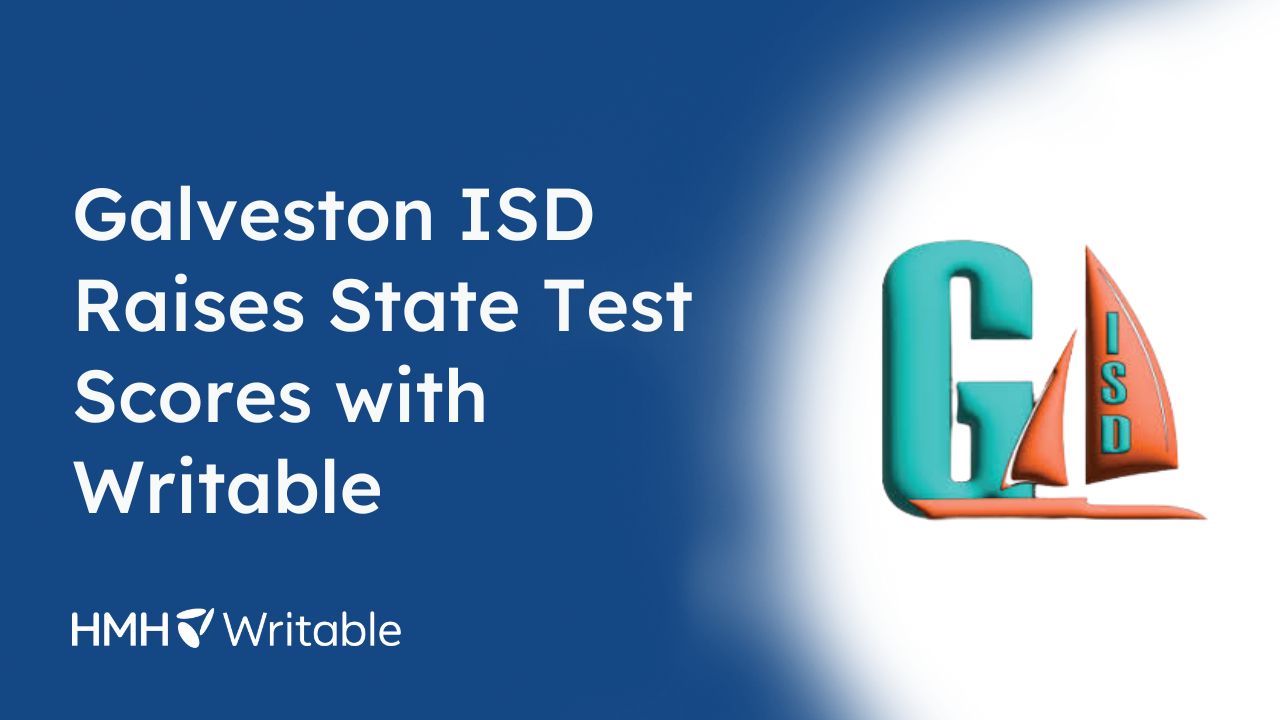Now that we’ve explored how to teach students to self-assess, I’d like to turn your attention back to the teacher. And recently, many of teaching analogies come from parenting. As a parent of two young boys, I find myself wrestling with two opposing forces: accountability and letting go.
I stop and consider the impact that my life and parenting style will have on my sons. But I also know that too much coddling and structure will backfire–as it apparently has for my generation, Millennials.
Funny enough, this is the same dichotomy that I face as a writing teacher: how do I stay accountable for helping my students improve, without “holding their hands” too much? And how do I provide a learning environment that encourages student autonomy, equipping kids with the skills of self-monitoring and goal setting that are required for success in college and life in general?
This issue comes to bear when we discuss self-assessment. This can be a scary thing for the teacher who craves control, but it can also be the easy way out for the teacher who is looking to lower their workload. The truth, as in most cases, is somewhere in between.
Self-assessment, when approached with the right mindset, is a way for teachers to guide students towards independence while also supporting a sustainable framework for students to do more writing practice without unnecessarily overburdening teachers.
Today I’d like to share a few of the ways that teachers can get started with self-assessment. No, these don’t involve simply handing over the gradebook to students and kicking your feet up. They are intentional, logical steps towards helping students become more independent evaluators of their own skills, leading towards autonomy and confidence in their writing.
Now is a great time to introduce self-assessment to your students because there were previously few tools that helped facilitate or teach this skill. Writable provides the scaffolds and supports that students need to begin self-assessing. Here are some ways to get started.
Start with reflection. I consider reflection to be the qualitative, softer complement to self-assessment. Ask students open-ended questions about both their writing process and product. Some sample questions to use for nearly any assignment are:
- What new realizations or thoughts did you gain about our content while working on this assignment?
- What was the most difficult part of this process for you? What was the easiest or most fun?
- If you could do this assignment over again, how would you do it differently?
- [After reviewing a mentor text] What do you notice about the way your writing relates to or differs from the sames we’ve review in class? Be as specific as possible.
- Did you review the rubric and directions for this assignment? If so, at what point in your work process did do you do that? Before? During? After?
Once you and the students get comfortable with reflection and begin to see it as a valuable part of the learning process, then you may be more comfortable in allowing students to self-assess and you may be more confident in its validity as a method of improving student writing and thinking.
Ask students to grade themselves after you’ve already graded their essays and haven’t shown them the grades. I’ve found that students are fairly accurate. If they’re not, you know you’ll have to provide some more direct instruction before jumping into the process. This leads to…
Model reflection and self-assessment. Because teachers are constantly reflecting on the quality of our lessons and the understanding of our students, we can forget that this mental process is not always second nature for our students as it is for us. And because so much of reflection often happens internally, our students may lack the language or patterns of thought that are required in order to successfully reflect.
Fortunately, we can model this process as we do with many other intellectual process. This need not require lots of extra work from the teacher. I like to do this by taking an essay from another class, removing the name, and thinking aloud about the ways in which this writer has met, approached, or exceeded expectations for various parts of the assignment. I pretend that I’ve written the essay, speak using “I,” and explain the process of reviewing expectations, reviewing my work, coming to a conclusion, and planning next steps.
Model the reflection process: review expectations, review my work, draw a conclusion, plan next steps.
Quantify and limit the scope of the self-assessment task. If you ask students to broadly evaluate the quality of their work as their first self-assessment task, they will be not interested in the process and not understanding of what you’d like them to do. To counteract this, make the first self-assessment tasks limited and focused. You might use some prompts that are along these lines, adapted to the level and specifics of your class:
- The directions asked you to use at least one direct quote in each of your body paragraphs. Review each body paragraph. Did you include at least one direct quote?
- The directions asked you to use one source other than our class novel in your essay. Find the place where you specifically cited another source.
- We have worked on varying our sentence structures while writing. Find one place where you wrote a compound sentence using a FANBOY, and one place where you wrote a complex sentence using an AAWWWUBBIS word.
- If any of these elements are missing, revise/edit your work so that all the elements are included.
It’s unrealistic when adults tell students that they will be “on their own” in the real world. Adults get help with everything from their taxes, to their parenting skills to their grocery shopping. A better approach is to tell students that they need to know how to get help and how to help themselves. Teaching students to self-assess in manageable ways is a way to help them do both.
New to Writable and curious to learn more? Request a quote or schedule a quick demo.




